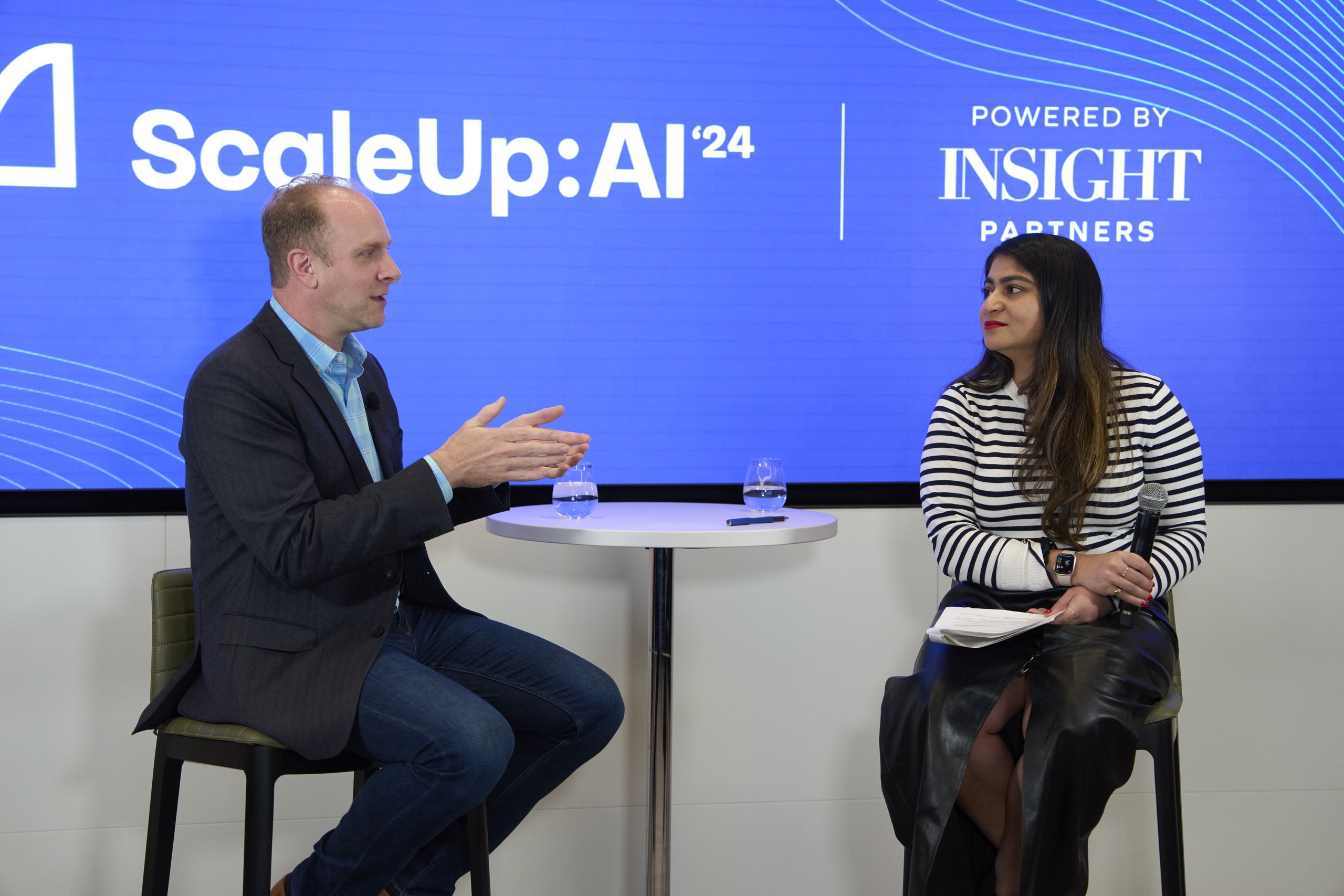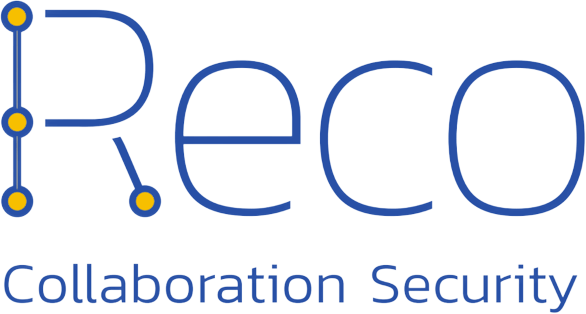Integrating AI across people, process, and product: Insights from Allie K. Miller’s ScaleUp:AI keynote

Allie K. Miller is a leading AI expert, investor, and advisor. Formerly the Global Head of Machine Learning for Startups and Venture Capital at Amazon (AWS), she also built AI products at IBM. Miller shared insights on AI’s rapid evolution and its transformative impact on businesses.
Key takeaways
- AI-first companies leverage AI at every level, from internal operations to customer interactions and product development.
- Successful AI integration focuses on people, processes, and products, ensuring scalable impact.
- Multi-modal AI and autonomous agents will drive the next wave of innovation.
- Organizations that resist AI adoption risk falling behind as accessibility to AI tools expands globally.
The rapid evolution of AI: Scale, performance, cost, and accessibility
Miller opened her talk by highlighting the exponential rate of AI development, noting that what took years in the past now happens in months. “The number one thing to focus on for the rest of the day, frankly, is just how fast this space is moving,” Miller emphasized. From ChatGPT reaching 100 million users in record time to AI models surpassing human benchmarks in reading comprehension and image recognition, the speed of progress is unprecedented.
“If your company has banned AI, that means that the average grandma in Lithuania has better AI access than your employees do.”
Beyond performance, AI is becoming significantly more cost-efficient. Miller pointed out that ChatGPT’s cost has dropped by over 90% in just a year, making cutting-edge capabilities more accessible to companies of all sizes. However, accessibility also presents challenges — organizations banning AI may find themselves at a competitive disadvantage compared to independent users with unrestricted access. “If your company has banned AI, that means that the average grandma in Lithuania has better AI access than your employees do,” she noted.
The AI-first business: People, process, and product
To harness AI’s full potential, Miller introduced the 3P methodology: a framework for integrating AI across people, process, and product.
1. People: Supercharging employees
AI is not about replacing people — it’s about augmenting their capabilities. Miller pointed to Morgan Stanley’s AI-powered wealth management assistant. By leveraging AI to scan 50,000 internal documents, wealth managers can instantly access precise information while maintaining the personal trust of their clients. The result? More efficient decision-making and enhanced customer relationships.
“The most important thing right now is maintaining that relationship and trust,” Miller said, highlighting the importance of maintaining human oversight in AI-enhanced workflows. “None of it matters if you lost trust with your customers in that process or lost trust with your vendors and partners and shareholders in that process.”
2. Process: Automating operations for efficiency
AI’s ability to streamline workflows is transforming back-office operations. Walmart, for instance, implemented an AI negotiation platform for vendor contracts. Initially aiming for a 20% contract closure rate, the AI-powered system exceeded expectations by achieving a 68% closure rate — with 75% of vendors preferring AI-driven negotiations over human-led discussions due to faster turnaround times.
Miller explained why AI-driven efficiency matters: “Not only do they prefer negotiating with the AI for speed, they got to get back to the thing that makes them money faster.”
3. Product: Creating AI-enhanced offerings
Companies that integrate AI into their product strategy gain a competitive edge. Stitch Fix, for example, trained an AI model on customer reviews to generate highly personalized product descriptions at scale, reducing content creation time from two weeks to one minute. Similarly, Audi is using AI to co-design car wheels, where a creative AI generates new designs and another AI refines them based on brand standards before human designers finalize the product.
“AI is not just the frosting on the cake; it’s the flour baked into the entire product.”
Emphasizing the shift AI brings to product innovation, Miller explained, “AI is not just the frosting on the cake; it’s the flour baked into the entire product.”
From multi-modal to autonomous enterprises
Miller emphasized that AI is moving beyond single-use applications toward full workflow automation. The emergence of multi-modal AI — where text, images, and even brain waves can interact seamlessly — marks the next stage of innovation. The ultimate goal? The autonomous enterprise, where AI-powered agents independently manage operations, optimize processes, and drive business strategy with minimal human intervention.
“Eventually, the teams at OpenAI and Anthropic are not going to be the ones training GPT-6 or GPT-7. It’s going to be the previous model, updating itself.”
However, achieving true AI autonomy requires advancements in three critical areas:
- Self-learning AI: Future AI models will update and refine themselves without human intervention. “Eventually, the teams at OpenAI and Anthropic are not going to be the ones training GPT-6 or GPT-7. It’s going to be the previous model, updating itself.”
- Autonomous decision-making: AI will increasingly handle complex decisions traditionally reserved for executives.
- Resource allocation: AI will gain access to financial, human, and informational resources to execute tasks efficiently.
“So many people are starting with the technology and forget that this is a people change,” Miller stressed. The future belongs to those who adapt, iterate, and embrace the possibilities AI unlocks.
These insights came from our ScaleUp:AI event in November 2024, an industry-leading global conference that features topics across technologies and industries. Watch the full session below:
Unlock the rest of this article.










